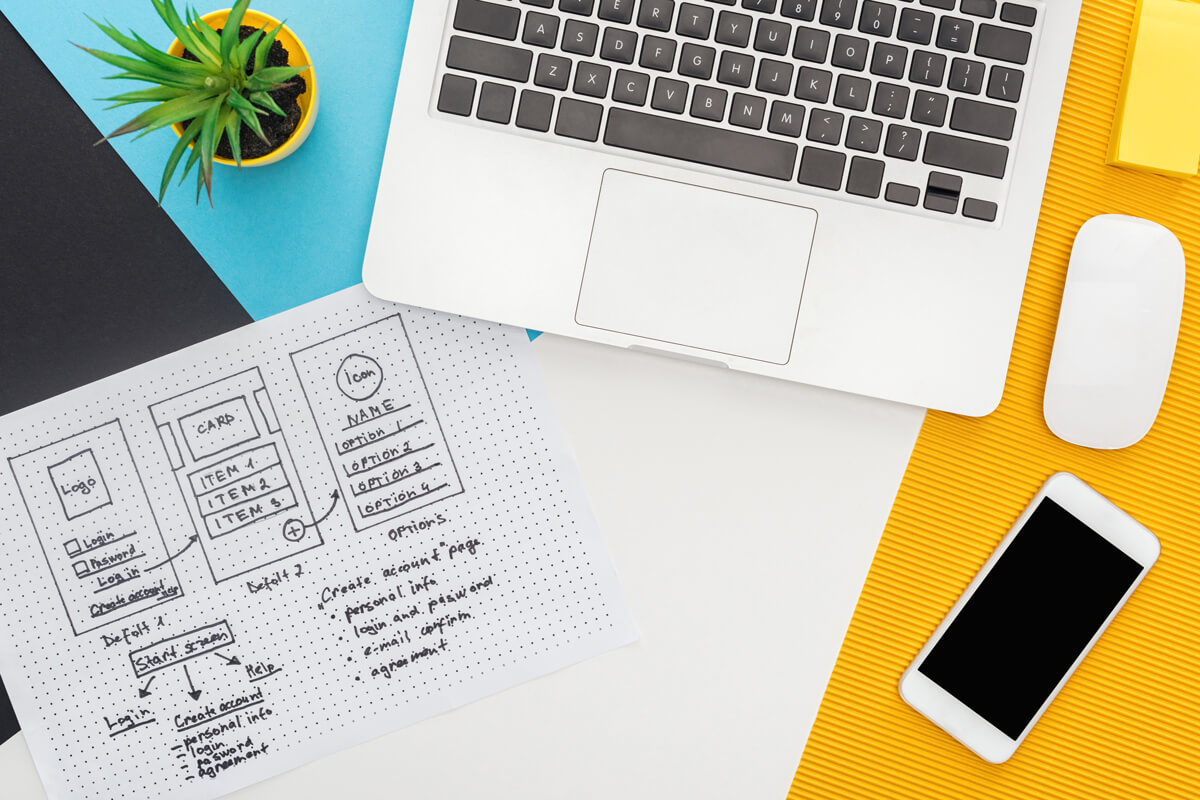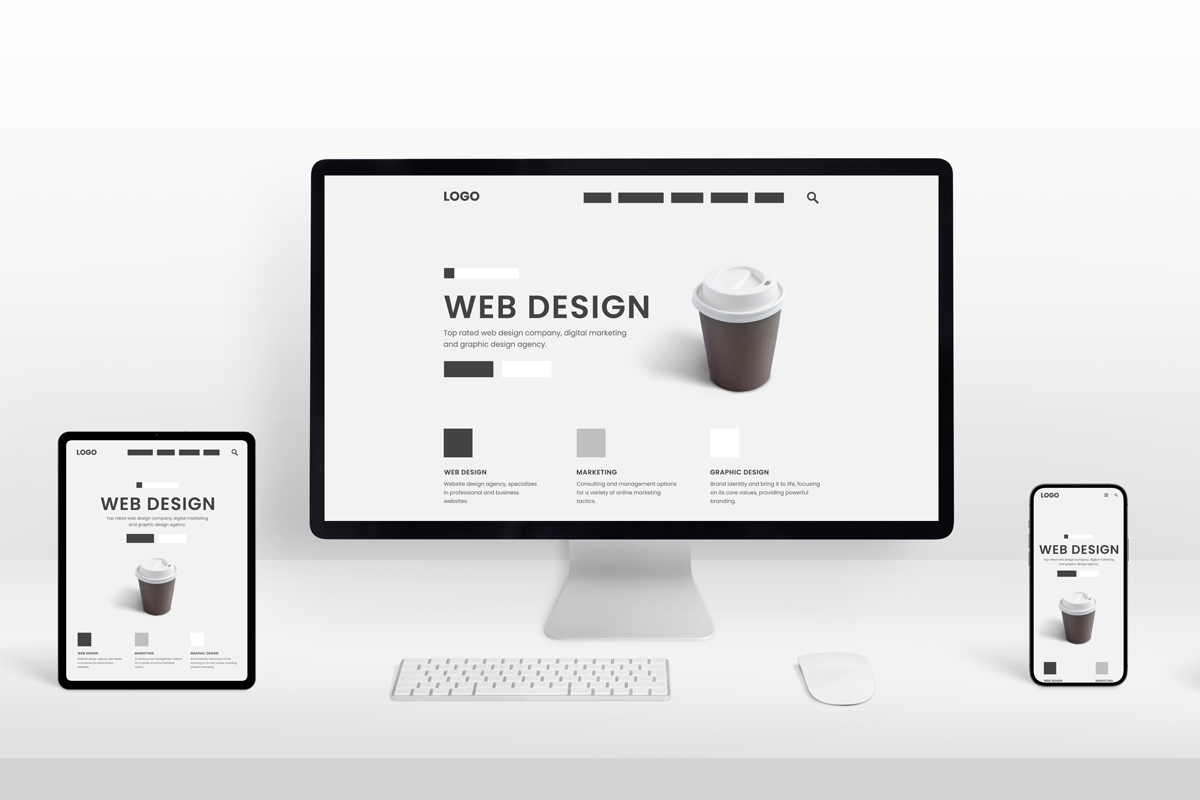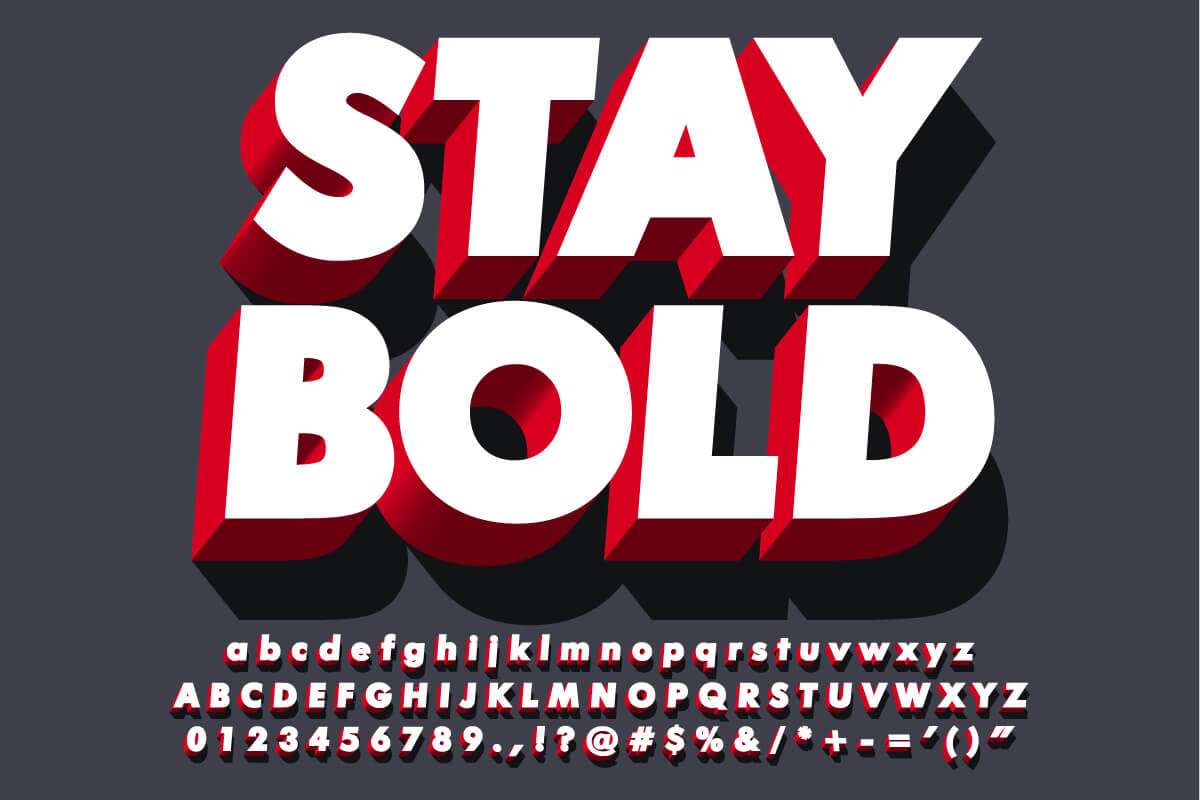You’ve probably seen UX and UI thrown around quite a bit, but what exactly do they mean? Well, that’s what we’re going to explore in this post.
If you’re familiar with design or development concepts, then you’ve probably heard of UX and UI. These terms are often used interchangeably, but they refer to very different things. The hope is by the time you’re done reading; you’ll be in the know!
So what exactly do UX and UI stand for? Well, here’s a quick overview:
What is UX?
UX stands for user experience. It’s a way of designing your site or app to provide the best possible user experience. UX focuses on the user’s overall experience when interacting with your site, including everything from layout and typography to how easy it is to use.
Let’s dig a little deeper into what UX is
The goal of UX is to improve the overall user experience. This can involve anything from site navigation and layout to how fast your app loads or how easily a user can find what they’re looking for. A well-designed site is easy to navigate, intuitive, and visually appealing – all things that help the user have a positive experience.
All of these things contribute to what we call usability. If a user can quickly figure out how to use your site and complete the action they’re trying to achieve; then they’re going to have a good experience. But it’s important not just the ease of use – other elements, like how fast your app loads or how easy it is to find the information you’re looking for all contribute to usability.
In essence, user experience is about creating a site that’s easy to use and intuitive while still providing a great user experience.
What is UI?
UI stands for user interface. It refers to the elements that allow users to interact with your site. This includes things like buttons, sliders, checkboxes – anything that a user can click, tap, or swipe.
While UI is an important part of the overall experience, other factors are also at play. There’re a lot of different ways to design UI elements, and this can have a big impact on usability as well.
UI design is all about creating the best possible user interface. This involves everything from the layout and color scheme to how users can interact with your site. Take buttons, for example. You can make buttons stand out by making them bigger and bolder, or you could make them more subtle with a simple outline instead of a solid color. Both of these would work well, but they’d each have a different impact on the overall usability and user experience.
What is the relationship between UX and UI?
While UX and UI are often used interchangeably, they have some key differences. While UX refers to the overall experience a user has on your site, UI refers to the individual elements that make up the interface.
For example, you can have a well-designed UI but an overall poor UX since it’s difficult to use. Similarly, you could have a poor UI but still, provide a great overall user experience because the interface is simple and easy to use.
While both are important, you must focus on creating the best overall experience instead of just individual UI elements. A well-designed site or app results from a good user experience, not just beautifully designed elements.
We are happy to help with your UI/UX design project. You can get more information from our UX/UI design services page.

But what about responsive design?
While UX and UI are often discussed separately, the lines between them can get a little blurry. Responsive design is one area where this happens.
Essentially, responsive design is all about creating a website that can adjust to fit different screen sizes and devices. While this isn’t strictly a part of UX or UI, it does play a big role in the overall user experience.
In essence, responsive design is all about ensuring that your site looks great no matter what device a user uses. This includes everything from the layout and typography to the size of buttons and other elements.
UI and UX are so closely related that it can be difficult to discuss them separately. However, at the end of the day, user experience is more about the end-user. While it includes a lot of different factors, ultimately, it’s all about designing your site so that users have a great experience.
How do each UX and UI affect e-commerce sites?
Well, a user experience is essentially the overall impression that a person gets when using a product or service, whereas a user interface focuses on providing users with visual feedback based on their input. And when it comes to e-commerce sites, each is extremely important to the overall success of a business.
The user experience determines whether or not a customer will stay on your site, how much time they spend browsing, and how likely they are to return in the future. Meanwhile, the user interface is what informs users about their actions on your site, giving them visual feedback so that they can make decisions quickly and easily.
When both design elements are well-crafted, your site can improve the customer’s overall experience, leading to a higher conversion rate and a more successful business overall!
Which is more critical if you can only focus on UI or UX?
This is one of those areas where it depends on your business goals. While UX is vital to the success of every website, it’s possible to have a successful site without focusing much on the individual design elements.
Making a site look pretty is easy without offering any real benefits for your visitors. And offering visitors a poor UX can leave them frustrated and confused, potentially leading to lost sales.
So, if you’re in the process of creating a new site or revamping an old one, make sure that you focus on the overall user experience. If you’re looking for areas to improve, focus on things like:
Navigation – Is it easy to find the products you’re looking for and navigate through each page?
Content – Is your content easy to read and understand? Do you have clear, concise headlines that draw customers in?
Layout – Does your layout work well across all devices, or does it fall apart on smaller screens and mobile devices?
Overall design – How do the colors and fonts look? Do you have any images or videos that might slow down your site’s load time?
While the user interface is an important part of the overall experience, it’s not worth focusing on if your site is difficult to use.
Conclusion
If we accomplished our goal, you now better understand the difference between UX and UI design. By looking at UX and UI separately, it’s easier to see how they both play an important role in making your site easier to use and more profitable.
Keep in mind that each element affects the other, so it’s essential to pay attention to both to have a site that converts well. The easier your site is to use, the more successful it will become!
What you’re trying to do is create an enjoyable and engaging user experience. If you can accomplish this, your users will be more likely to come back and make a purchase. So, take some time to identify your site’s weak points (and what you can do to improve them) and start working on the overall user experience today.
You’ve probably seen UX and UI thrown around quite a bit, but what exactly do they mean? Well, that’s what we’re going to explore in this post.
If you’re familiar with design or development concepts, then you’ve probably heard of UX and UI. These terms are often used interchangeably, but they refer to very different things. The hope is by the time you’re done reading; you’ll be in the know!
So what exactly do UX and UI stand for? Well, here’s a quick overview:
What is UX?
UX stands for user experience. It’s a way of designing your site or app to provide the best possible user experience. UX focuses on the user’s overall experience when interacting with your site, including everything from layout and typography to how easy it is to use.
Let’s dig a little deeper into what UX is
The goal of UX is to improve the overall user experience. This can involve anything from site navigation and layout to how fast your app loads or how easily a user can find what they’re looking for. A well-designed site is easy to navigate, intuitive, and visually appealing – all things that help the user have a positive experience.
All of these things contribute to what we call usability. If a user can quickly figure out how to use your site and complete the action they’re trying to achieve; then they’re going to have a good experience. But it’s important not just the ease of use – other elements, like how fast your app loads or how easy it is to find the information you’re looking for all contribute to usability.
In essence, user experience is about creating a site that’s easy to use and intuitive while still providing a great user experience.
What is UI?
UI stands for user interface. It refers to the elements that allow users to interact with your site. This includes things like buttons, sliders, checkboxes – anything that a user can click, tap, or swipe.
While UI is an important part of the overall experience, other factors are also at play. There’re a lot of different ways to design UI elements, and this can have a big impact on usability as well.
UI design is all about creating the best possible user interface. This involves everything from the layout and color scheme to how users can interact with your site. Take buttons, for example. You can make buttons stand out by making them bigger and bolder, or you could make them more subtle with a simple outline instead of a solid color. Both of these would work well, but they’d each have a different impact on the overall usability and user experience.
What is the relationship between UX and UI?
While UX and UI are often used interchangeably, they have some key differences. While UX refers to the overall experience a user has on your site, UI refers to the individual elements that make up the interface.
For example, you can have a well-designed UI but an overall poor UX since it’s difficult to use. Similarly, you could have a poor UI but still, provide a great overall user experience because the interface is simple and easy to use.
While both are important, you must focus on creating the best overall experience instead of just individual UI elements. A well-designed site or app results from a good user experience, not just beautifully designed elements.
We are happy to help with your UI/UX design project. You can get more information from our UX/UI design services page.

But what about responsive design?
While UX and UI are often discussed separately, the lines between them can get a little blurry. Responsive design is one area where this happens.
Essentially, responsive design is all about creating a website that can adjust to fit different screen sizes and devices. While this isn’t strictly a part of UX or UI, it does play a big role in the overall user experience.
In essence, responsive design is all about ensuring that your site looks great no matter what device a user uses. This includes everything from the layout and typography to the size of buttons and other elements.
UI and UX are so closely related that it can be difficult to discuss them separately. However, at the end of the day, user experience is more about the end-user. While it includes a lot of different factors, ultimately, it’s all about designing your site so that users have a great experience.
How do each UX and UI affect e-commerce sites?
Well, a user experience is essentially the overall impression that a person gets when using a product or service, whereas a user interface focuses on providing users with visual feedback based on their input. And when it comes to e-commerce sites, each is extremely important to the overall success of a business.
The user experience determines whether or not a customer will stay on your site, how much time they spend browsing, and how likely they are to return in the future. Meanwhile, the user interface is what informs users about their actions on your site, giving them visual feedback so that they can make decisions quickly and easily.
When both design elements are well-crafted, your site can improve the customer’s overall experience, leading to a higher conversion rate and a more successful business overall!
Which is more critical if you can only focus on UI or UX?
This is one of those areas where it depends on your business goals. While UX is vital to the success of every website, it’s possible to have a successful site without focusing much on the individual design elements.
Making a site look pretty is easy without offering any real benefits for your visitors. And offering visitors a poor UX can leave them frustrated and confused, potentially leading to lost sales.
So, if you’re in the process of creating a new site or revamping an old one, make sure that you focus on the overall user experience. If you’re looking for areas to improve, focus on things like:
Navigation – Is it easy to find the products you’re looking for and navigate through each page?
Content – Is your content easy to read and understand? Do you have clear, concise headlines that draw customers in?
Layout – Does your layout work well across all devices, or does it fall apart on smaller screens and mobile devices?
Overall design – How do the colors and fonts look? Do you have any images or videos that might slow down your site’s load time?
While the user interface is an important part of the overall experience, it’s not worth focusing on if your site is difficult to use.
Conclusion
If we accomplished our goal, you now better understand the difference between UX and UI design. By looking at UX and UI separately, it’s easier to see how they both play an important role in making your site easier to use and more profitable.
Keep in mind that each element affects the other, so it’s essential to pay attention to both to have a site that converts well. The easier your site is to use, the more successful it will become!
What you’re trying to do is create an enjoyable and engaging user experience. If you can accomplish this, your users will be more likely to come back and make a purchase. So, take some time to identify your site’s weak points (and what you can do to improve them) and start working on the overall user experience today.




